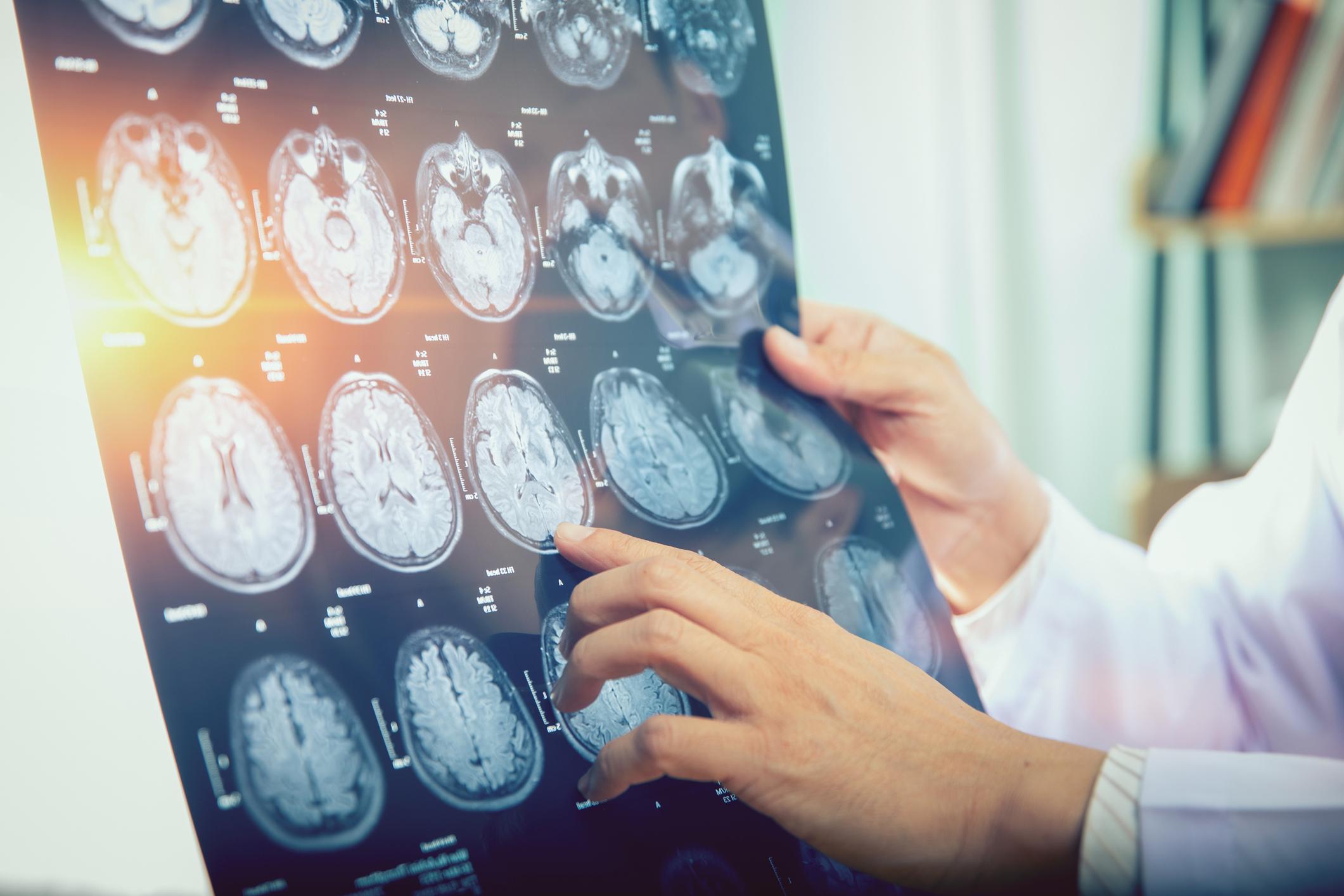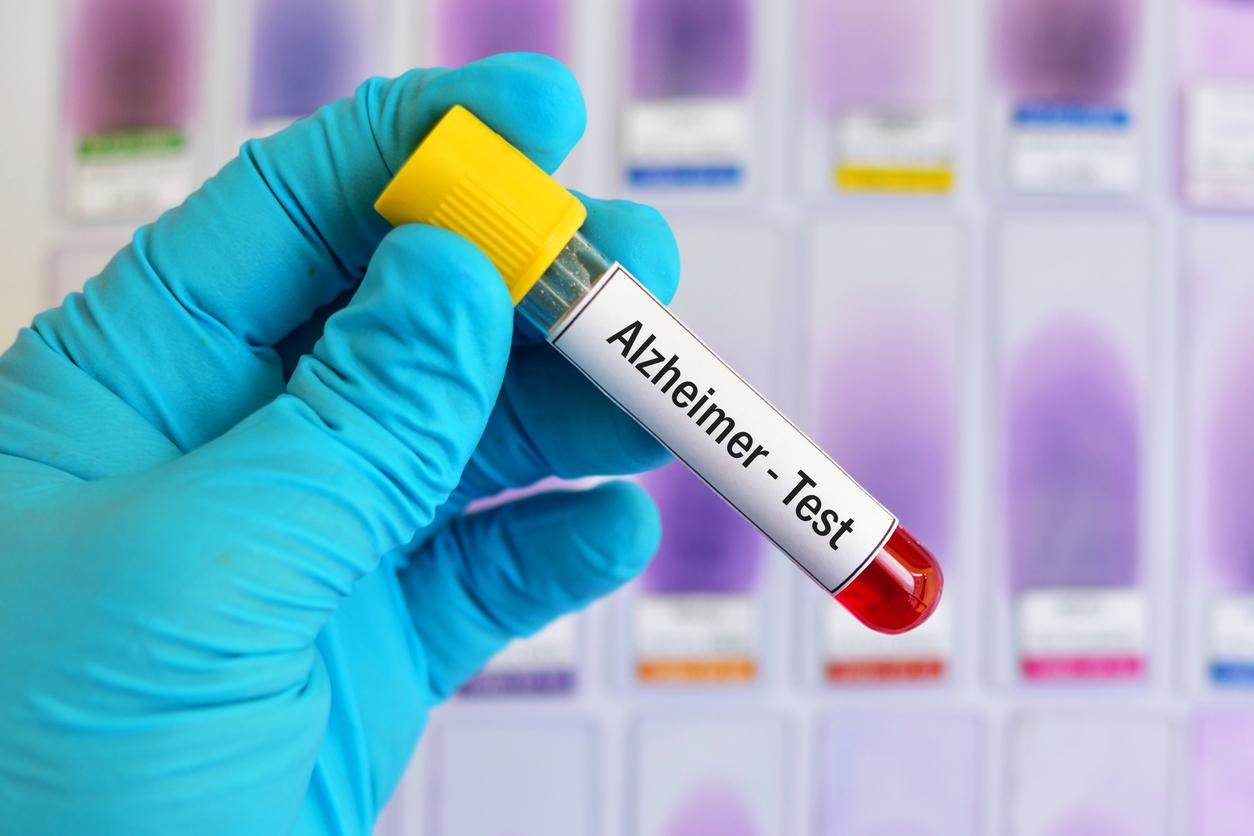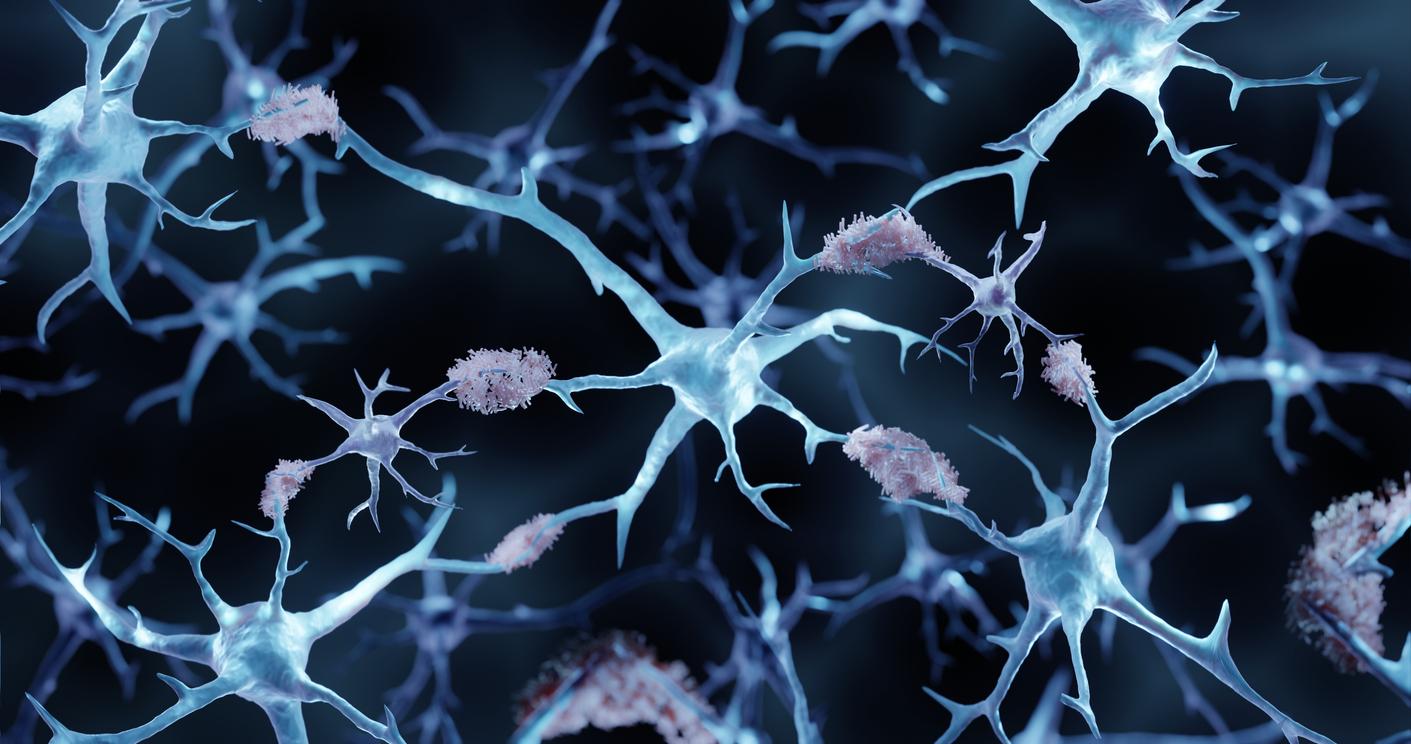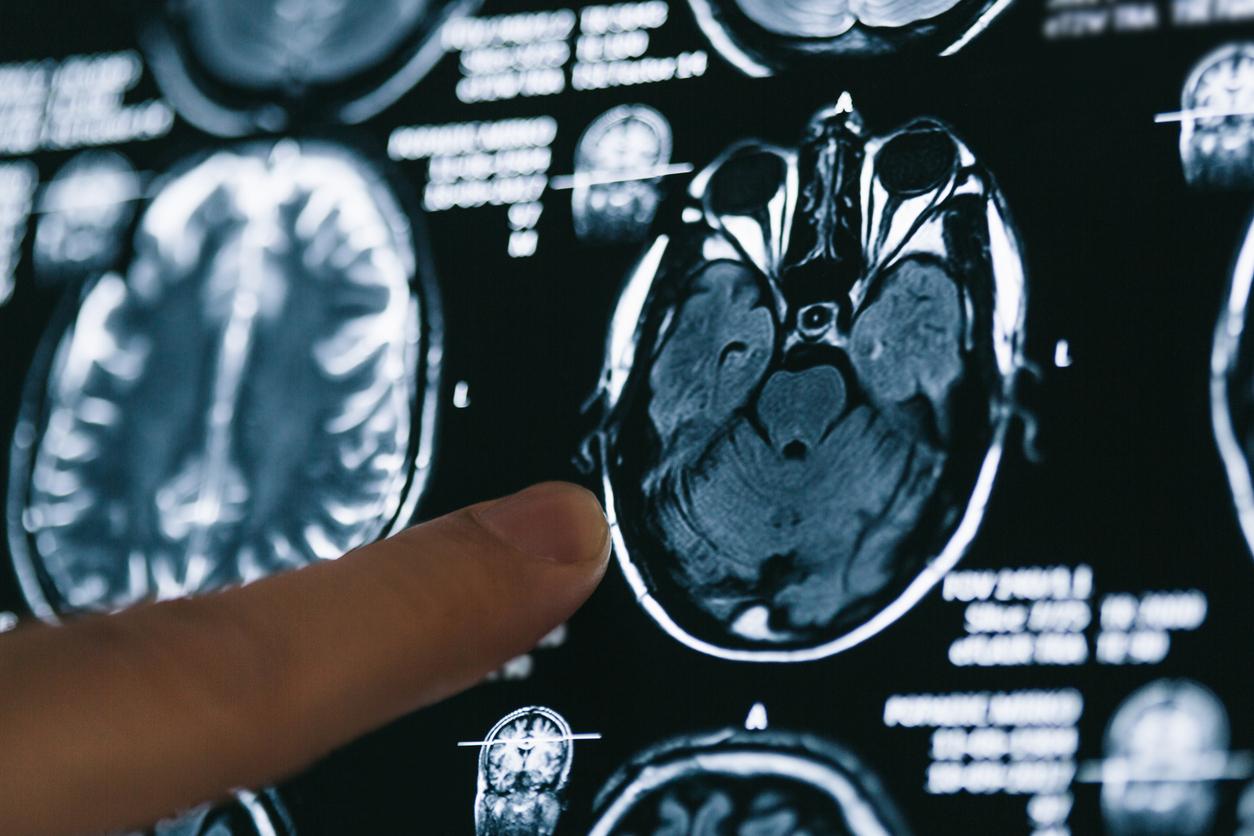American scientists have recently suggested that immunotherapy could limit the formation of amyloid plaques in patients with Alzheimer’s disease.

- Alzheimer’s disease is characterized by the formation of amyloid plaques, composed mainly of beta-amyloid proteins, around neurons.
- American (US) researchers have recently suggested that immunotherapy could be a treatment route to clear these harmful plaques.
- This therapeutic avenue could also be applied to other neurodegenerative conditions such as Parkinson’s or Huntington’s disease.
Nearly a million people are affected by Alzheimer’s disease in France, according to the Vaincre Alzheimer Foundation. This neurodegenerative pathology results in the formation of amyloid plaques, composed mainly of beta-amyloid proteins, around neurons. Due to this accumulation of plaques, neurons and neurotransmitters function less well, which can harm cognitive functions as well as memory.
Immunotherapy to reduce amyloid plaques
Researchers from the Washington University School of Medicine in St Louis (United States) recently indicated that immunotherapy could be an interesting avenue for eliminating these harmful plaques and limiting the progression of Alzheimer’s disease. . In one study, they observed that activating immune cells, called microglia, using an antibody reduced amyloid plaques in the brain and alleviated behavioral abnormalities in mice with a disease similar to Alzheimer’s disease. Their work was published in the journal Science Translational Medicine.
“By activating microglia broadly, our antibody can eliminate beta-amyloid plaques in mice, and it could potentially eliminate other harmful proteins in other neurodegenerative diseases, including Parkinson’s disease.”explained Doctor Marco Colonna, co-author of the study and professor of immunobiology at the University of Washington School of Medicine.
As the scientists explained, microglia surround the plaques to create a barrier, which controls the spread of harmful proteins. In the case of Alzheimer’s disease, they are not able to destroy beta-amyloid proteins. “The source of their passivity could be a protein called APOE which is a component of amyloid plaques. APOE proteins in plaques bind to a receptor – LILRB4 – on the microglia surrounding the plaques, inactivating them. said Yun Chen, co-author of the study and researcher in the department of neurology at the University of Washington School of Medicine.

A therapeutic approach that could be indicated for different neurodegenerative pathologies
During the work, the researchers noticed that microglia produce and position LILRB4 on their cell surface, which prevents their ability to control the formation of damaging plaques when they bind to APOE, in mice and affected people. by Alzheimer’s disease.
Faced with this observation, Jinchao Hou, co-author of the study and member of the faculty of the Children’s Hospital of the School of Medicine of Zhejiang University (China), administered an antibody, which prevented the APOE binds to LILRB4 in mice with beta-amyloid plaques in the brain. The research team then noted that the activation of microglia made it possible to eliminate beta-amyloid plaques.
Like Alzheimer’s disease, toxic clumps of brain proteins are implicated in Parkinson’s disease, amyotrophic lateral sclerosis (ALS), and Huntington’s disease. This therapeutic approach could therefore be indicated for various neurodegenerative conditions.















